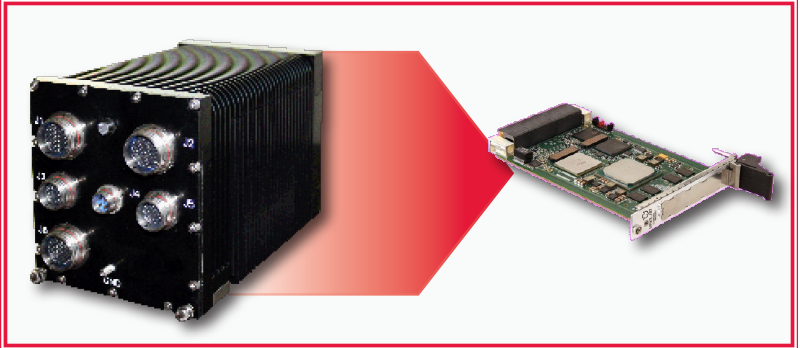
Putting Last Year’s Chassis in a Single Slot
There are but a handful of silicon devices that have come along during the last several decades that could be considered “game changers” for embedded Defense applications. One such device was the single-core PowerPC 7400, released by Motorola Semiconductor, now Freescale and soon NXP, in 1999. The PPC 7400 included a specialized adjunct processor, the AltiVec SIMD (Single Instruction Multiple Data) Vector Engine. With AltiVec, DSP and linear algebraic functions like FFTs suddenly saw a huge performance leap, boosting execution by several orders of magnitude. The radar algorithms and EW techniques that relied on these mathematical constructs in turn ran faster by orders of magnitude. Defense programs were soon equipped with sensing, imaging, and tracking capabilities that had not been possible before.
Fast forward to today; Intel has just launched a new device that contains up to 16 cores. Each core contains a SIMD Vector Engine, known as the AVX2, which has twice the vector width of the original AltiVec engine. Core counts that once required multiple VME or VPX modules to realize are now embodied within a single device. The following pages will examine this ground-breaking chip, the Xeon D processor, and explore some of the visionary defense applications that will now become practical.

Log in and download the white paper to learn more.
- Genesis of the Xeon D
- A Game-changer for Embedded Defense
- Application Advantages
- Enabling New Application Capabilities